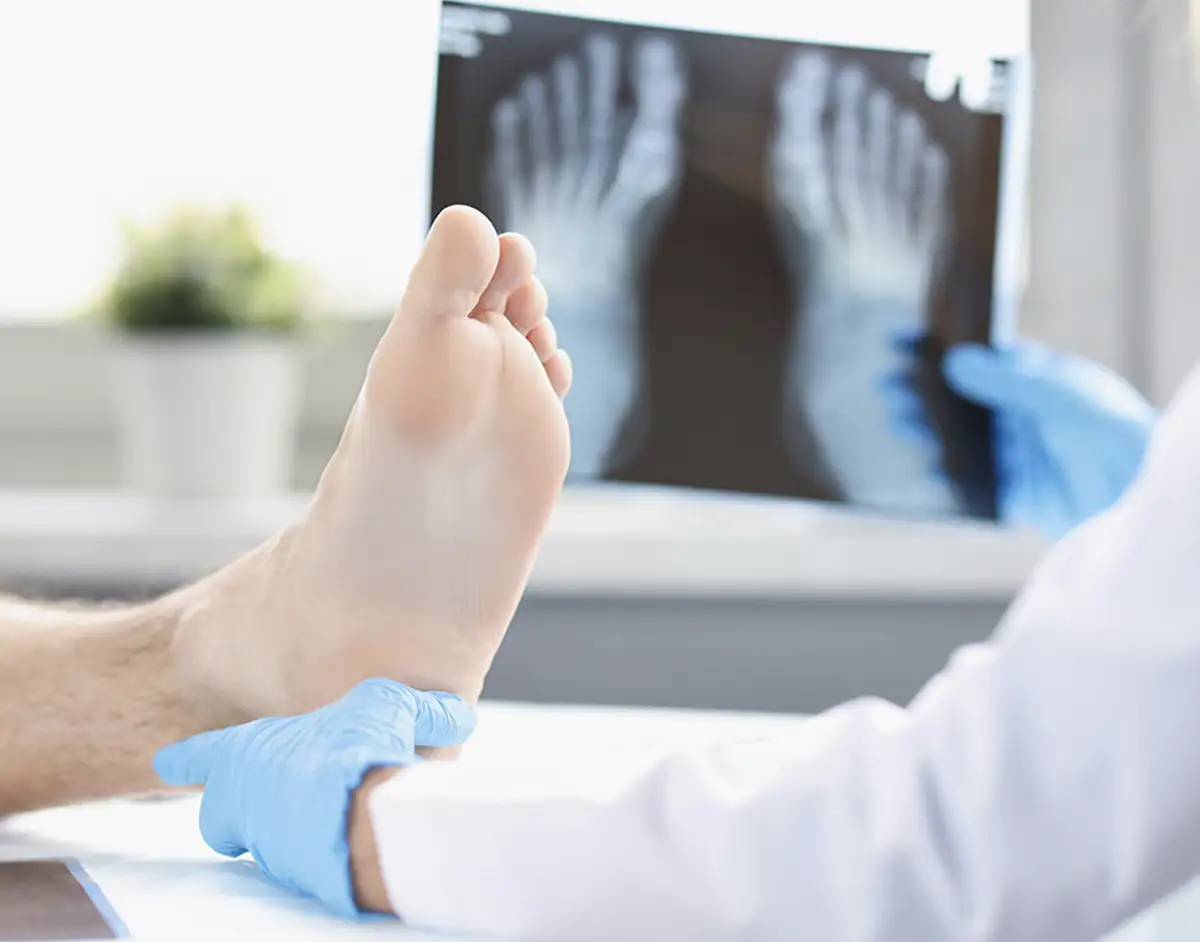Hip arthroscopy
Hip arthroscopy is a minimally invasive (keyhole) procedure that is used to examine inside the hip joint, and to diagnose and treat problems that may be causing pain or restricting movement.
It involves making two or more small incisions and inserting an instrument called an arthroscope which enables the surgeon to see inside your joint.
QUICK LINKS
What does hip arthroscopy involve?
Unlike conventional surgery, hip arthroscopy entails making only small incisions through which the arthroscope – a narrow tube with a fibre-optic video camera at one end – is inserted. This enables the surgeon to see inside your joint without having to open it up by making a large incision. Further small incisions may be made close to the site of the arthroscopy incision through which tiny surgical instruments can be passed to allow the surgeon to carry out surgical repairs on your hip.
Hip arthroscopy
A hip arthroscopy can be used to diagnose hip problems, particularly if other diagnostic procedures (such as CT or MRI scans) have failed to provide a complete picture of what is causing the symptoms. It provides the surgeon with a clear and detailed picture of what is going on inside your hip joint. It may also be used to treat certain hip-related problems including:
- Repairing or removing damaged cartilage, a torn labrum (the cartilage rim of the hip joint) or torn ligaments.
- Removing loose bone or cartilage fragments which can get caught between the bone surfaces.
- Treating scarring or inflamed joint tissues (synovitis).
- Treating hip impingement syndrome, which is caused by bony spurs that damage your socket or femoral head.
- Treating infection in the hip joint.
- Treating snapping hip syndrome, which occurs when the tendon becomes damaged as a result of rubbing.
In many cases, treatment and diagnosis can be performed in a single procedure.
You will normally be given a sedative to help you to relax prior to surgery. Surgery is usually undertaken under general anaesthetic.
You will normally be allowed to go home either the same day or the following morning, although you should not drive yourself. Before you leave the hospital you may see a physiotherapist who will show you exercises for you to do at home to help you to rehabilitate after surgery.
You will need to rest and you may need to elevate the joint for several days to reduce swelling and pain. You will normally be able to return to light activities within a few days and more strenuous activities within a few weeks.
Depending on the exact procedure, your consultant may ask you to use crutches for up to four weeks following surgery.
Because a hip arthroscopy uses only small incisions, recovery is quicker than with conventional surgery and the amount of pain you experience is likely to be less. It is an effective procedure for diagnosing and treating many hip problems.






